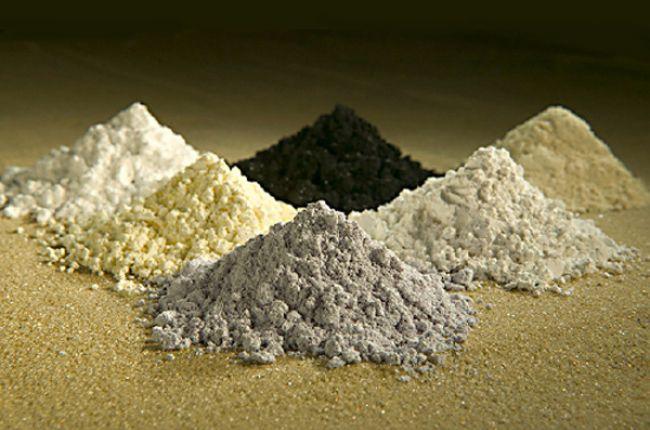Rare Earth Metals Market 2022-2030: Growth in Automotive Applications

Rare earth metals play a critical role in driving innovation within the automotive industry. As the world shifts towards sustainable transportation, electric vehicles (EVs) and other advanced automotive technologies are gaining traction. The Significance of Rare Earth Metals in Automotive Sector: Rare earth elements, particularly neodymium, praseodymium, and dysprosium, are integral components in the manufacturing of electric motors, which power EVs. These magnets offer high strength and superior magnetic properties, making them essential for the efficient operation of electric drivetrains. Additionally, rare earth metals are used in various electronic components, sensors, and catalysts, enhancing vehicle performance and reducing emissions.
Opportunities in Automotive Applications:
1. Electric Vehicles: The global automotive industry is witnessing a rapid increase in electric vehicle adoption. Governments' stringent emission regulations and growing environmental awareness among consumers are driving this shift. Rare earth metals are indispensable in electric motors, battery systems, and power electronics, making them a cornerstone of the EV revolution.
2. Hybrid Vehicles: As a transitional technology towards full electrification, hybrid vehicles continue to gain popularity. Rare earth metals are vital in hybrid vehicle batteries and regenerative braking systems, which contribute to improved fuel efficiency and reduced emissions.
3. Vehicle Electrification: Beyond EVs, rare earth metals are used in traditional internal combustion engine vehicles to improve fuel efficiency, reduce weight, and enhance overall performance. They are used in various components like catalytic converters and sensors.
4. Autonomous Driving: The development of autonomous vehicles relies heavily on advanced sensor technologies, such as LIDAR and RADAR systems. Rare earth metals are crucial in producing these sensors, enabling accurate data collection and facilitating safer autonomous driving.
According to the Coherent Market Insights Study, the Global Rare Earth Metals Market achieved a significant valuation of US$ 4710.8 Million in 2021, and it is set to grow at a steady CAGR of 6.24 % during the forecast period from 2022 to 2030. The market's expansion is primarily driven by the growing global demand for renewable energy solutions. The renewable energy industry is a major consumer of rare earth metals, with neodymium and dysprosium being essential components used in the production of wind turbine permanent magnets.
Challenges and Potential Solutions: Despite the significant growth potential, the rare earth metals market in automotive applications faces challenges. One primary concern is the supply chain's dependence on a few countries, which can lead to price fluctuations and geopolitical uncertainties. Additionally, the environmental impact of rare earth mining and processing needs careful consideration to ensure sustainable practices.
To address these challenges, the automotive industry is actively exploring alternatives to reduce reliance on rare earth metals, such as investigating magnet designs that use fewer or no rare earth elements. Recycling initiatives are also gaining momentum to recover and reuse rare earth metals from end-of-life vehicles and electronic waste.
Conclusion: Rare Earth Metals are vital in advancing automotive technologies, from electric vehicles to autonomous driving. As the automotive industry shifts towards sustainable transportation, the demand for rare earth metals is expected to soar. To ensure a steady supply and minimize environmental impact, stakeholders are investing in research, recycling, and exploring innovative solutions. As the automotive sector continues to evolve, rare earth metals will remain a pivotal force in shaping the future of mobility.
- Art
- Causes
- Crafts
- Dance
- Drinks
- Film
- Fitness
- Food
- Games
- Gardening
- Health
- Home
- Literature
- Music
- Networking
- Other
- Party
- Religion
- Shopping
- Sports
- Theater
- Wellness
- IT, Cloud, Software and Technology


